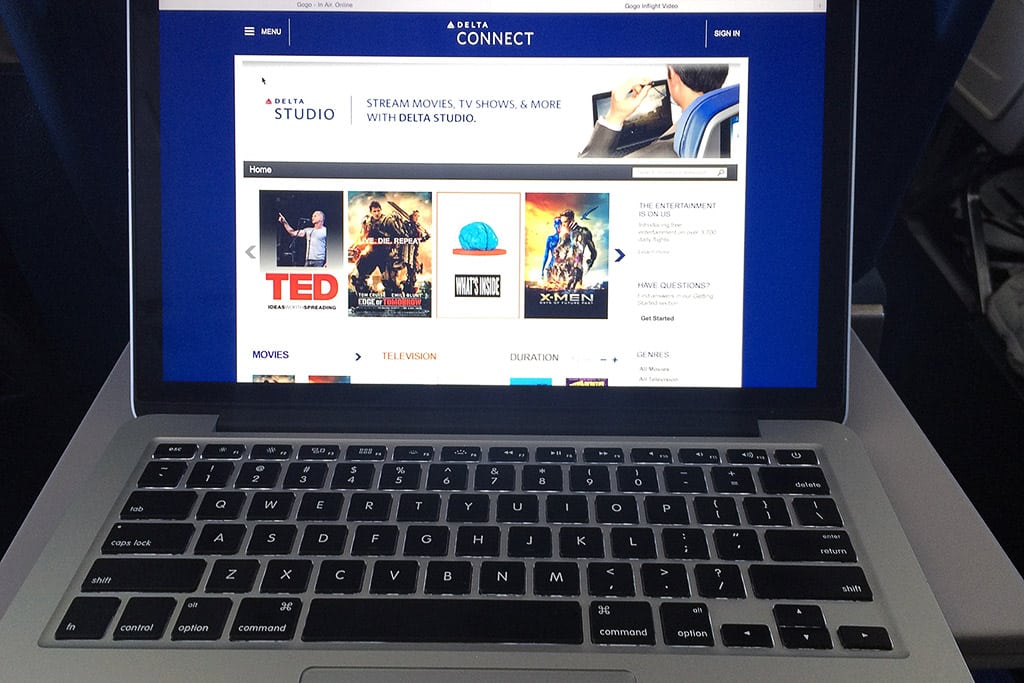Passengers Win as Airlines and In-Flight Wi-Fi Suppliers Feud

Skift Take
As the WiFi feud rages on the service is bound to get better and better. Connected and entertained, passengers win every time.
As the in-flight Wi-Fi race continues, times are good for multiple-device toting, text slinging, email rustling, always-on passengers.
With airlines and suppliers making progress month-to-month, a feud has taken over the skies, and it's bound to get hotter, faster, better, and far more entertaining.
The Reds
Virgin America has announced a fleet-wide rollout of Gogo's ATG-4 Wi-Fi service, to be completed this week when its Airbus A319 “Jane” gets equipped.
ATG-4 Wi-Fi offers peak speeds of 9.8 Mbps to each aircraft. That's more than triple the peak speed of the 3.1 Mbps available on first-generation inflight Wi-Fi, according to Virgin America and Gogo.
“Our goal is to continue to innovate and stay ahead of the competition,” says Mark Bianchi, Senior Vice President of Technical Operations at Virgin America. “This upgrade is the latest in a series of investments aimed at keeping our tech-forward travelers more connected, productive and entertained at 35,000 feet.”
Dave Bijur, Gogo's regional president, says: “ATG-4 has had a significant impact on the market and we continue to see positive resu
